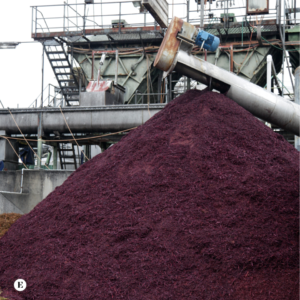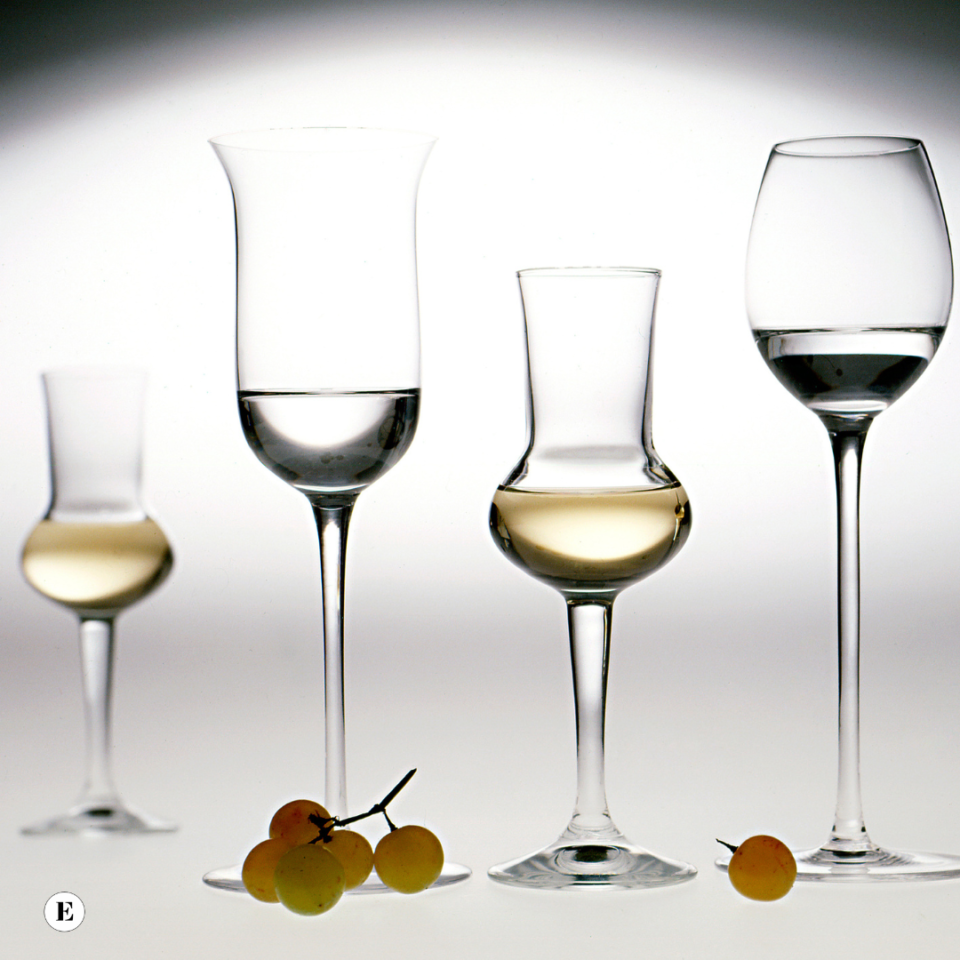Curiosity
Grappa vs. Eau-de-vie: A Journey into the World of Distillates
In the vast universe of distillates, two terms frequently emerge: grappa and eau-de-vie. Although both belong to the large family of alcoholic beverages, their differences are significant and worthy of thorough exploration.
Origins and Raw Materials
Grappa is a distillate deeply rooted in Italian tradition. It is produced from the distillation of pomace, the solid part of grapes remaining after pressing for wine, including skins, seeds, and sometimes stems. Grappa is essentially a product that valorizes the residues of winemaking, transforming them into a high-quality spirit. To be authentic, grappa must be produced in Italy, adhering to strict standards that ensure its origin and quality. Its production is often linked to centuries-old traditions, and each Italian region boasts unique variants reflecting the local biodiversity of grapes.
Eau-de-vie, on the other hand, is a broader term referring to any distillate produced from the fermentation of sugary or starchy materials. It can include spirits obtained from fruit, grains, wine, and other raw materials. For example, brandy is an eau-de-vie made from wine, while whiskey is produced from grains. This diversity in base materials makes eau-de-vie an extremely versatile product, widespread worldwide without specific geographical constraints like grappa.
Production Processes and Sensory Characteristics

The production process of grappa is specific and traditional. Once the pomace is collected, it is fermented and then distilled. Distillation often occurs in discontinuous stills, which help preserve the aromas and fragrances of the grapes. The result is a distillate that can range from dry to smooth, with an aromatic spectrum spanning from fruity to more spicy and floral notes.
Eau-de-vie, being a generic term, does not have a standardized production process. The method varies depending on the raw material used. For instance, fruit eau-de-vie uses the fermented juice of the fruit, while grain eau-de-vie involves the fermentation of sugars derived from starch. Consequently, the sensory characteristics of eau-de-vie can vary dramatically: some are sweet and fruity, while others are more robust and complex, as in the case of aged whiskeys.
In conclusion, while grappa represents an icon of Italian distilling tradition, eau-de-vie offers a more global overview of distillates, encapsulating a variety of flavors and aromas that reflect different cultures worldwide. Both distillates offer unique experiences and deserve to be appreciated for their differences and their ability to tell stories through taste.





